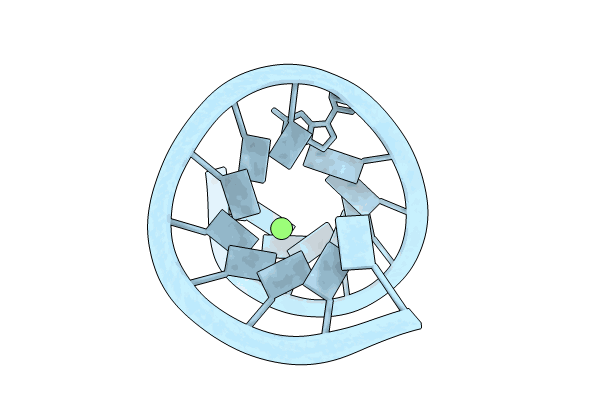
Deposition Date
2023-07-05
Release Date
2024-06-12
Last Version Date
2024-06-26
Method Details:
Experimental Method:
Resolution:
1.63 Å
R-Value Free:
0.25
R-Value Work:
0.21
R-Value Observed:
0.21
Space Group:
H 3 2


